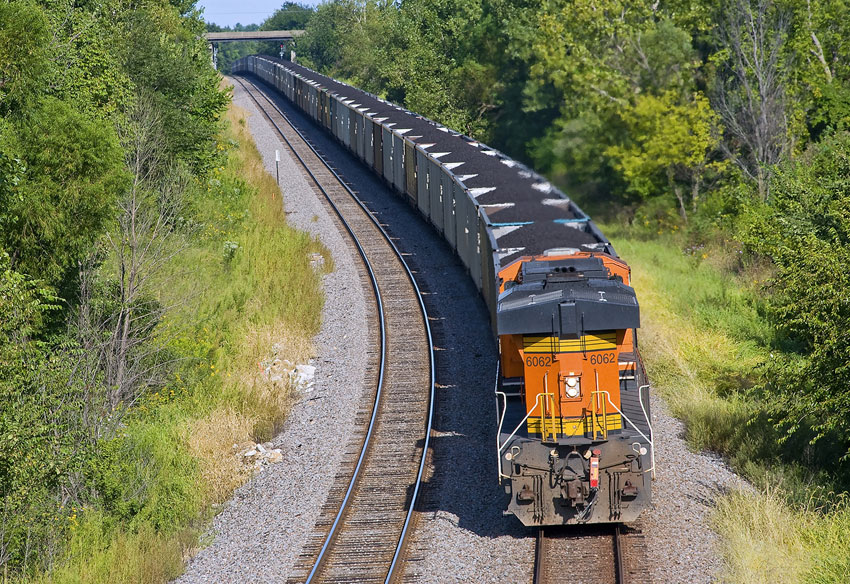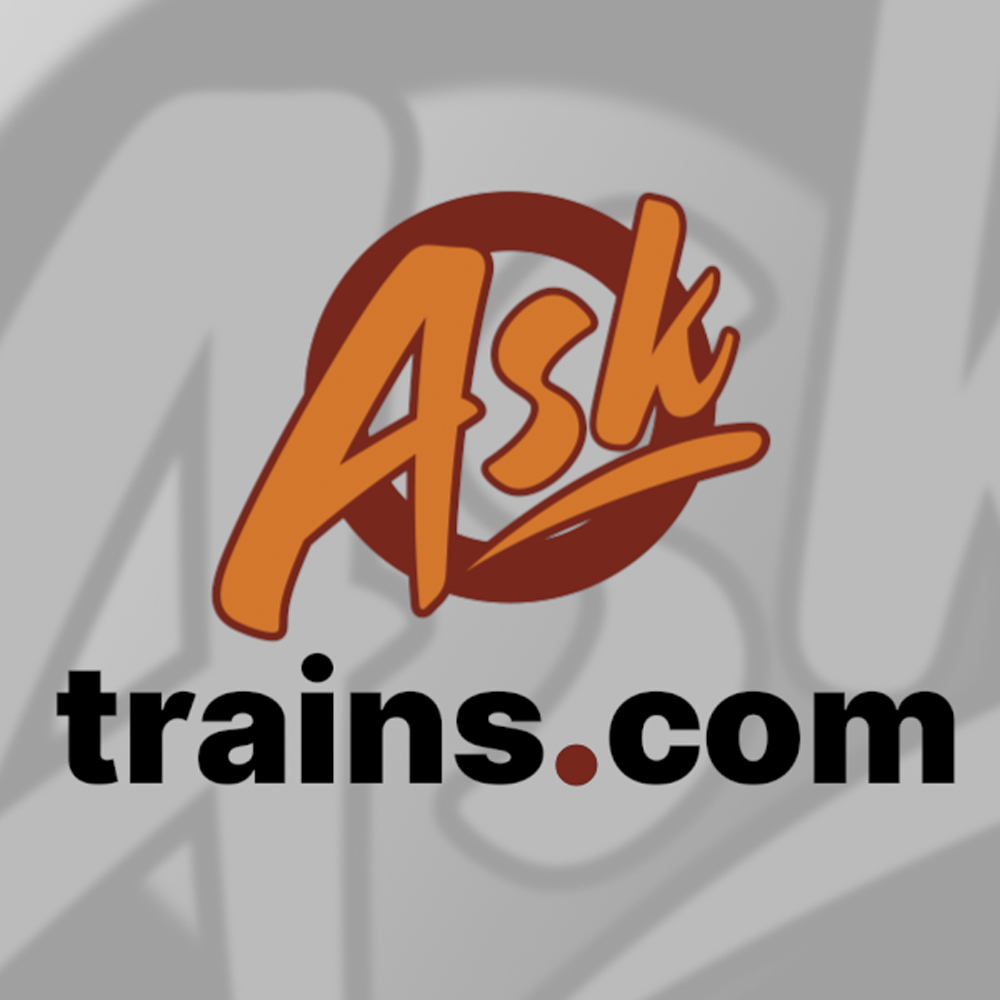— Frank Klos, National City, Calif.
A The Code of Federal Regulations 49, Part 221.14 describes marking devices as far as intensity, color, placement, hours of illumination, and necessity on passenger, freight, and commuter trains running on the national rail network. However, it also specifies that when a locomotive is operating singly or at the rear of the train, a “highly visible marking device” may be provided by a flashing rear end device like those typically used at the end of a train, at least one illuminated red or amber classification light on the rear of the locomotive (as long as it complies with the same standards as a FRED), or the rear headlight of the locomotive illuminated on low beam. Although they can do more, FREDs have two main purposes: One is to inform the engineer the amount of pressure in the brakepipe; the other is to be a beacon alerting anyone nearby as to the location of the end of the train. The locomotive alone can easily do both.
— Kathi Kube












